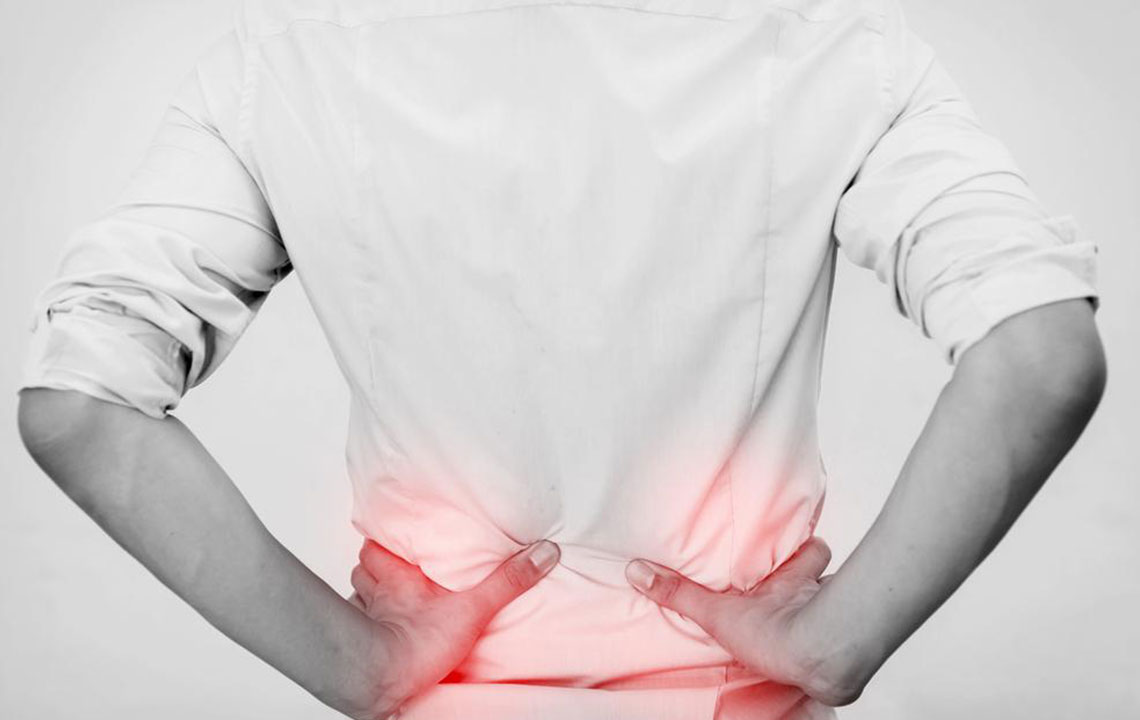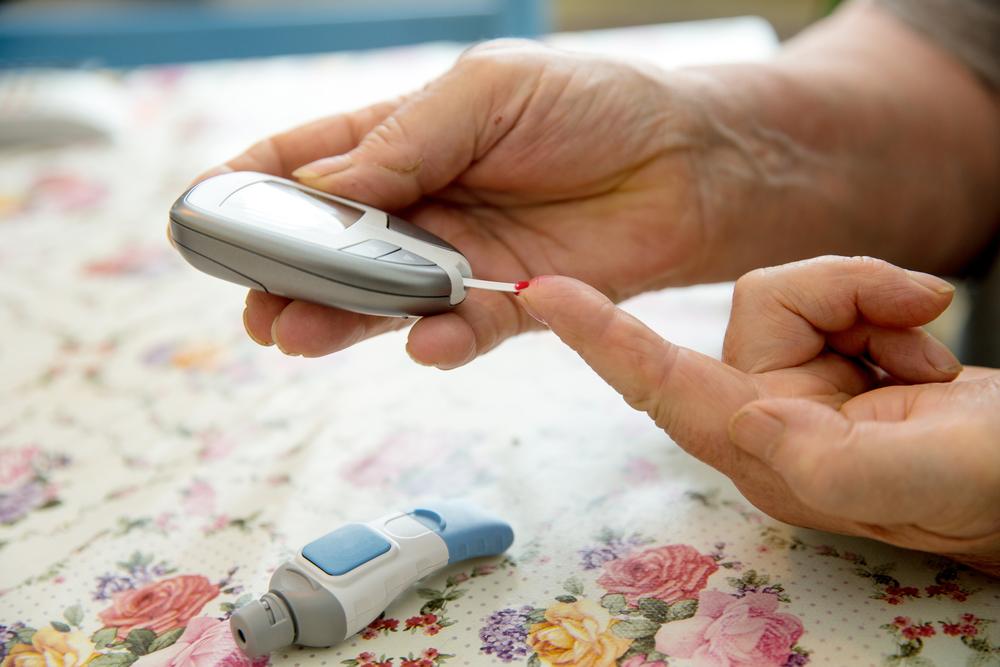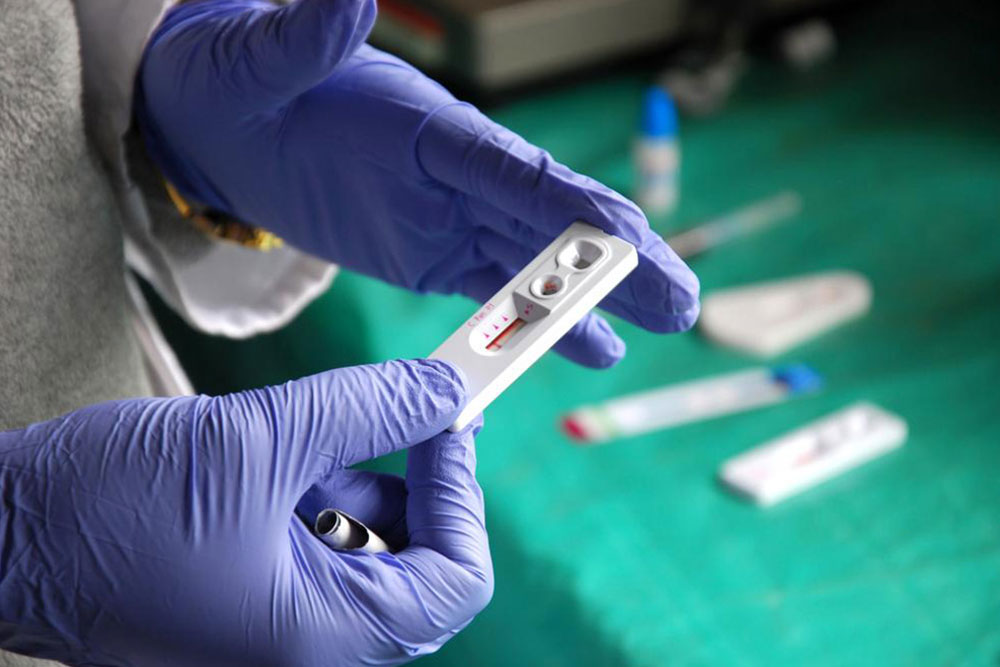Essential Signs and Indicators of Progressing Kidney Disease Stage 3
Chronic Kidney Disease stage 3 indicates advanced impairment of kidney function, leading to toxin buildup and potential complications. Early detection through recognizing key symptoms such as fatigue, swelling, changing urine patterns, and pain is crucial for effective management. This detailed guide helps patients and caregivers identify warning signs early, ensuring timely medical intervention, reducing risk of progression, and improving quality of life. Understanding the critical indicators of stage 3 CKD is vital for maintaining health and preventing severe health issues associated with kidney failure.

Understanding the Critical Symptoms of Advanced Kidney Stage 3
Chronic Kidney Disease (CKD) at stage 3 represents a significant decline in kidney function, signifying that the kidneys are no longer able to perform their essential roles effectively. This stage, often termed moderate to severe impairment, requires increased vigilance as early symptoms might be subtle or overlooked. The decline in renal capability results in the accumulation of waste products and toxins within the bloodstream—a condition commonly known as 'uremia'. Furthermore, patients may experience a variety of complications, including anemia, high blood pressure, and joint discomfort. Recognizing the precise indicators of stage 3 CKD is crucial for early intervention and better management of the disease.
This comprehensive article delves into the key symptoms associated with stage 3 kidney disease, enabling patients and caregivers to identify warning signs promptly and seek appropriate medical attention.
Signs and Symptoms of Stage 3 Kidney Disease
Detecting symptoms early during stage 3 CKD is vital, although often challenging. Here are the most common signs to watch for:
Persistent fatigue and weakness – One of the hallmark symptoms is unusual fatigue that doesn't improve with rest. Patients may feel lethargic, sluggish, or lack energy, which can significantly impact daily life.
Swelling and fluid retention – Reduced kidney filtering capacity leads to fluid buildup, causing noticeable swelling in areas such as the eyes, ankles, feet, and sometimes the hands or abdomen. This puffiness is often more prominent in the morning or after long periods of sitting or standing.
Lower back and flank pain – Many individuals report dull, aching pain in the mid to lower back, particularly on one side or both sides, indicating possible kidney inflammation or enlargement.
Changes in appetite and taste – Patients often experience a diminished desire to eat, and some describe a metallic or strange taste in their mouth, often linked to toxin buildup.
Alterations in urine output and appearance – Variations such as increased urination, dark-colored urine resembling tea or cola, or visible blood may be observed, signaling declining kidney function.
High blood pressure – Hypertension commonly accompanies kidney impairment as fluid and salt balance are disturbed.
Digestive symptoms and nausea – Gastroparesis, nausea, vomiting, and bloating are prevalent due to toxin accumulation and nervous system effects.
Frequent urination at night – Nocturia or increased nighttime urination can be an early sign of worsening kidney function.
Itchy skin and pallor – As toxins build up, skin may become dry, itchy, and pale, reflecting anemia or toxin overload.
Breathlessness and respiratory troubles – Fluid retention can extend to the lungs, causing shortness of breath and fatigue during activity.
Neurological symptoms – Headaches, numbness or tingling in extremities, and sleep disturbances are often noted, indicating nervous system effects of toxin accumulation.
Chest discomfort – Inflammation of the pericardium, the lining around the heart, can cause chest pain, known as pericarditis.
Sexual health challenges – Reduced libido, erectile dysfunction, and hormonal imbalances are associated with progressing kidney disease.
Bone pain and fragility – Bone discomfort, increased brittleness, and signs of mineral imbalances such as osteoporosis or osteomalacia often occur in advanced CKD.
Recognizing and monitoring these signs empowers patients to seek timely medical evaluation and intervention. Proper management can slow disease progression, improve life quality, and prevent severe complications. If you notice these symptoms or experience any combination thereof, consult a healthcare professional promptly to initiate appropriate diagnosis and treatment strategies.





